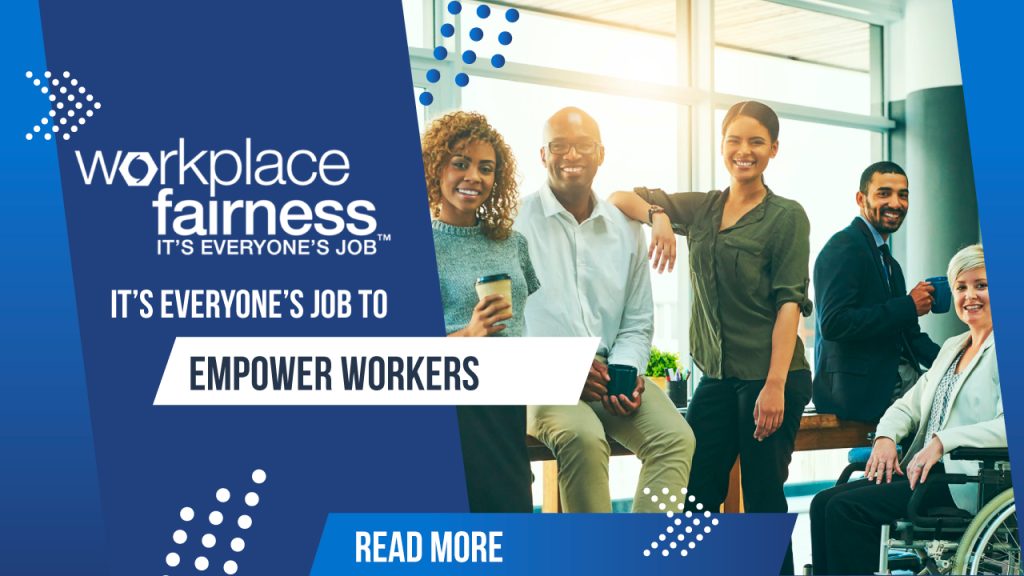 Current Georgetown University Law Center Professor Peter Edelman knows a thing or
Current Georgetown University Law Center Professor Peter Edelman knows a thing or
two about poverty. While serving in the Health and Human Services Department under
the Clinton administration, Peter famously resigned in protest to Clinton’s signing of the
1996 Welfare Reform Act. He believed that the move from federal control of welfare
grants to a system in which individual states were able to control these funds themselves
would result in an increase in the poverty rate and the disappearance of a safety net for
America’s poorest citizens. Sixteen years later, Peter Edelman’s new book So Rich, So
Poor paints a portrait of the effects of welfare reform on Americans in the lower and
middle classes and makes a compelling argument for an increase in government aid and
intervention.
So Rich, So Poor details some of the troubling facts about just how much income
disparity has affected the poorest and wealthiest citizens. In 1979 the top one percent of
America’s wealthiest citizens earned nine percent of all personal income. However, in
2007 the same top one percent pulled in over twenty three percent of all personal income.
On the other end of the spectrum, twenty million Americans are living in a state of deep
poverty. According to Peter Edelman, deep poverty is a state in which a family of three
is earning below nine thousand dollars per year. While the twenty million Americans in
deep poverty come from all backgrounds and states, some groups are disproportionately
overrepresented. Single mothers and minority groups make up a large percent of the
people living in deep poverty. As So Rich, So Poor notes however, it is not only single
mothers that suffer when they are living in deep poverty. The children being raised by
these single mothers are also living in a state of deep poverty, with untold consequences
on these children’s abilities to grow up and reach their full potential.
So Rich, So Poor looks at the policy decisions that are increasingly driving America’s
lower class into a state of deep poverty. Peter Edelman traces some of the blame all
the way back to 1996, and the decision to allow states to decide for themselves how to
distribute welfare funds. Peter notes that states have the option of not distributing any
cash assistance to low income citizens, and that the lack of federal cash assistance to
low income families has removed a safety net for America’s poorest citizens. The effect
of allowing states to decide how to distribute welfare funds has resulted in six million
Americans whose only source of income is food stamps. Clearly it is impossible to live,
let alone raise a family, when the only government support is food stamps and no cash
assistance.
While the situation for America’s poorest citizens might be dire, Peter Edelman does not
believe that those living in deep poverty are beyond saving. Peter has suggested that the
federal government should increase the amount of aid given to the poorest citizens, as
well as using federal legislation to create a living wage for all Americans. As noted in So
Rich, So Poor much of America’s economic growth over the past forty years has gone
straight to America’s richest citizens. If America wants to alleviate its poverty problem,
economic growth has to support all Americans, especially the poorest citizens.
Peter Edelman interview for Democracy Now!
About the Author: Eric Mogel is an intern at Workplace Fairness. Eric grew up in
Manhattan Beach, California and holds a BA in history from the University of Michigan.
He is currently a second year student pursuing his JD at The George Washington
University Law School.




